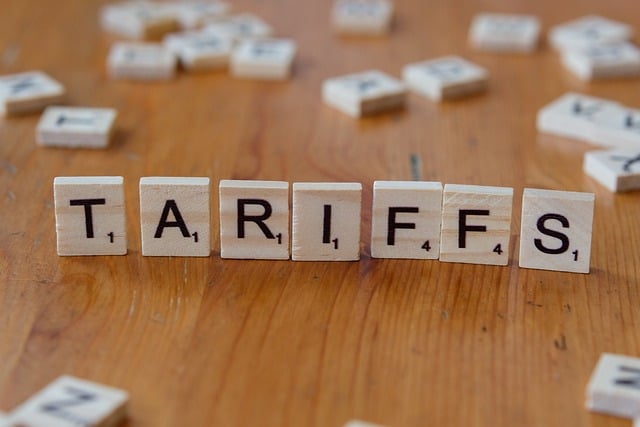US Tariffs on Indian Goods: What They Mean for Your Household — and How to Prepare
In August 2025 the US announced steep tariff hikes — in some cases up to 50% — on a number of Indian exports: textiles and leather, gems & jewellery, chemicals, marine products and more. At first it sounds like a distant trade row between governments. But trade policy isn’t just for diplomats and stock traders — its ripples can reach your home, your wallet, and even what’s on your plate.
When so much is in news around the tariffs, buzz word of 2025, here’s a friendly, plain-language breakdown of how this could affect Indian households — and, more usefully, what practical steps you can take to reduce the impact.

How tariffs work — the short version
A tariff is a tax on imported goods. When the US makes Indian products suddenly more expensive there, American buyers may buy less — or switch to local or other sources. That means fewer orders for Indian exporters, and that, in turn, can affect jobs, production and prices back here. Immediate knock-on effects for India can include:
- Lower export revenue for affected sectors.
- Factories reducing output — which can mean layoffs, fewer overtime hours or hiring freezes.
- Some goods intended for export being sold in India instead, changing local supply.
How those ripples can reach your household
- Job Security and Income Stability
Impact:
If a family member works in export-heavy industries — textiles, leather, gems, chemicals, seafood, exports-related small factories or the informal supply chain — there may be job loss risk or reduced wages/hours.
Small businesses that supply exporters (packaging, transport, helpers) can feel the slowdown too.
Household Preparation:
- If your income is tied to export-linked industries, consider diversifying income sources. This could mean upskilling for roles in domestic-focused sectors or starting a side business.
- Build an emergency fund covering at least 3–6 months of expenses to cushion against sudden income loss.
- Price Changes in Everyday Goods
Impact:
- Some goods originally meant for export may be redirected to the domestic market, potentially lowering prices in the short term.
- However, if India retaliates with tariffs on US imports, items like electronics, packaged foods, or luxury goods could become more expensive.
- A weaker rupee (if export earnings drop) can make imported essentials like crude oil costlier, pushing up fuel and transport prices — which then affect almost everything else.
Household Preparation:
- Buy local alternatives where possible — this supports domestic producers and shields you from currency-driven price hikes.
- Lock in prices for big-ticket purchases (like electronics) if you anticipate costs rising.
- Track household expenses closely to spot inflation trends early.
3. Education and Overseas Plans
Impact:
- Families with children studying or planning to study in the US may face higher costs if the rupee depreciates.
- Visa and tuition fees, already significant, could rise further in rupee terms.
Household Preparation:
- Start or increase contributions to a foreign currency education fund early.
- Explore scholarships, assistantships, or alternative study destinations to reduce financial strain.
How Indian Households Can Build Resilience
Here’s a practical checklist to weather the storm:
Area | Action | Why It Helps |
Income | Upskill, diversify income streams | Reduces dependency on one sector |
Savings | Build 3–6 month emergency fund | Provides a safety net during job loss |
Spending | Prioritise essentials, buy local | Shields from import price shocks |
Investments | Choose inflation-beating options | Protects purchasing power |
Education | Plan early for foreign study costs | Avoids currency shock surprises |
Community | Support local businesses | Strengthens domestic economy |
The Silver Lining
While tariffs create short-term pain, they can also push economies to diversify trade partners and strengthen domestic industries. India is already exploring deeper trade ties with the EU, UK, and ASEAN nations, which could open new markets for exporters.
For households, this is a reminder that economic resilience starts at home. By staying informed, budgeting smartly, and supporting local industries, families can not only survive these shifts but also adapt in ways that leave them stronger in the long run.
Final Thought:
Tariffs may be decided in faraway capitals, but their effects are felt in everyday lives — in the price of onions, the stability of a paycheck, or the feasibility of a child’s overseas education. The good news is that with foresight and flexibility, Indian households can navigate these changes without losing their financial footing.
